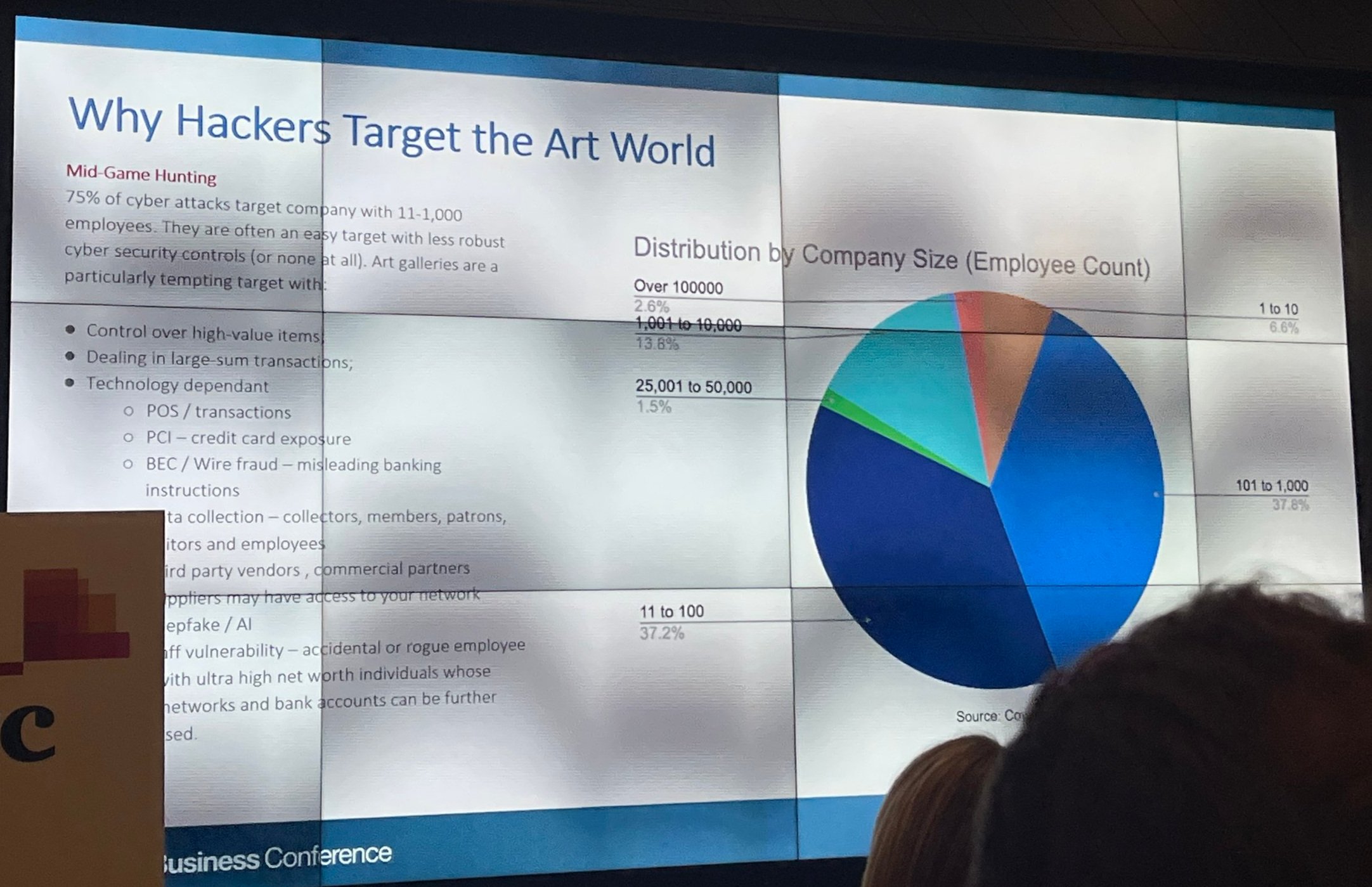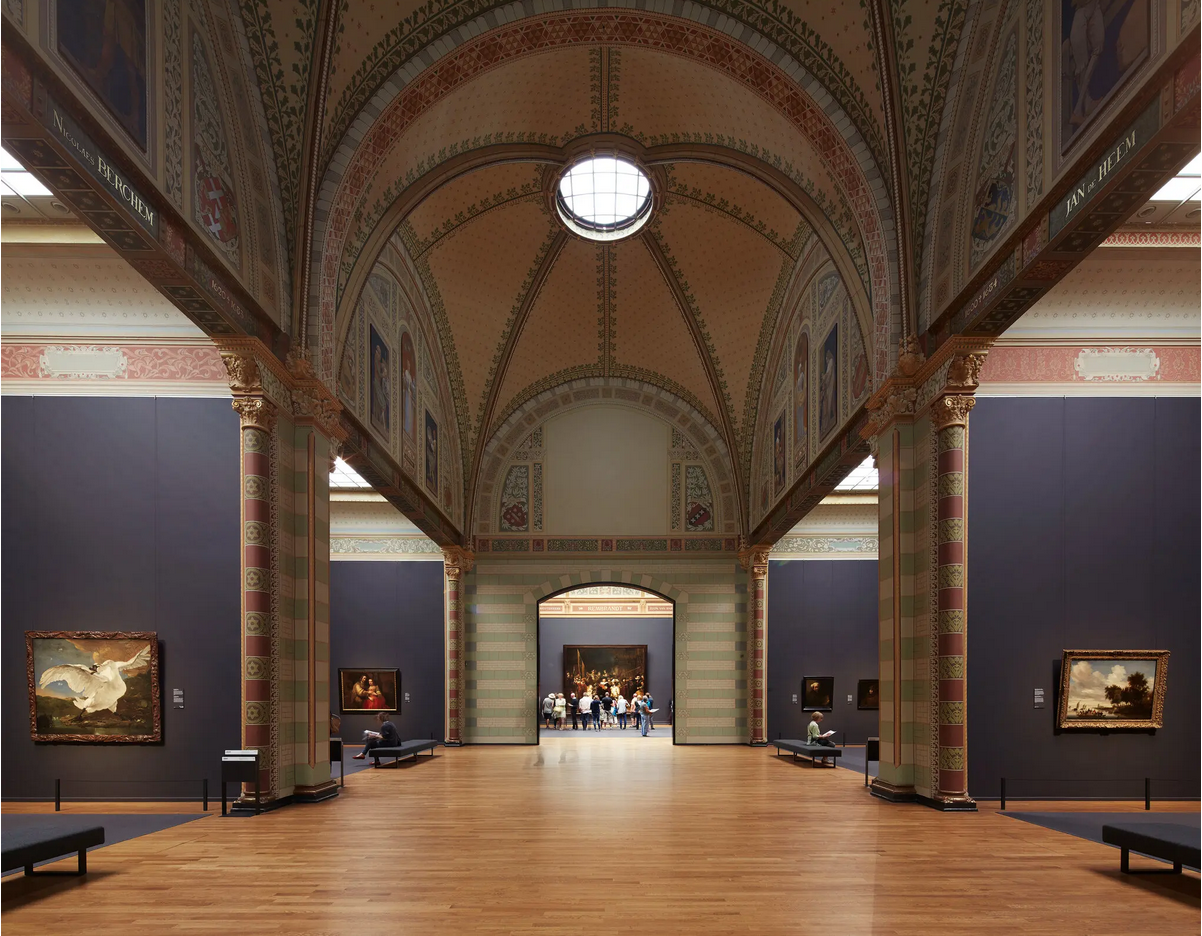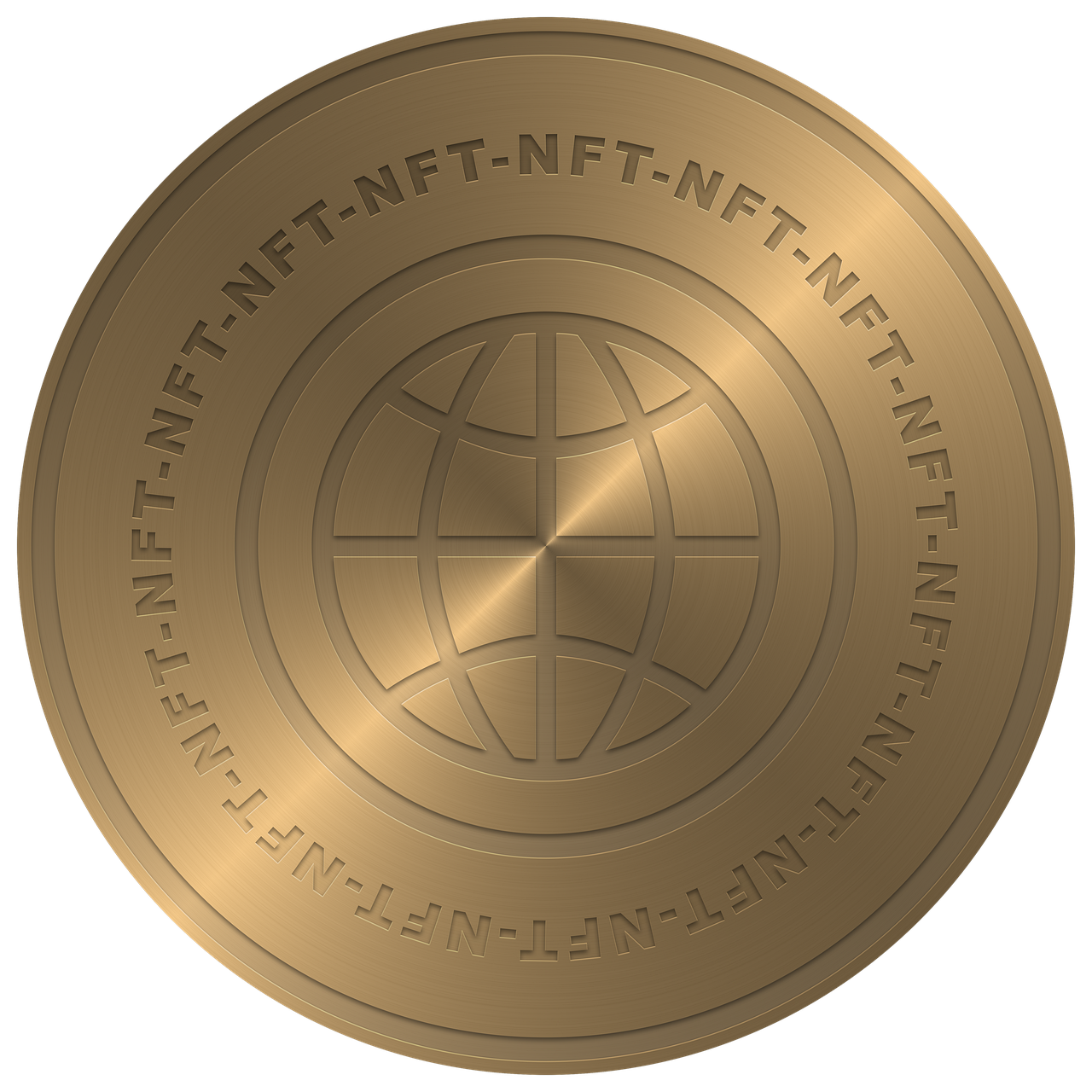My interest, naturally, lies in the dataset used to curate the show. In other words, the algorithm bloodhounds the internet for traces of digitized collection information from cataloged objects relevant to the prompt entered into ChatGPT. In other words, the catalog information of the collection available online. In other words, the work of registrars and collections managers.
The Art Business Conference, New York 2023
In the Air: January 2023
AI on AI in Art
Data De/Regeneration
Crystal Baller, Part 2
Unquestionably yes! Whether the Benin objects or the Parthenon Marbles (we do not call them “Elgin” after their plunderer anymore). Almost weekly we see more information about the repatriation of objects.
NFTs ≠ Art
As I mentioned, a quick reminder that “NFT” does NOT solely equal a piece of digital art. It is a technology that provides scarcity to a digital asset. Scarcity delivers value – whether gold or non-tangible goods. Therefore, it makes many other activities possible beyond digital art possible such as music and events/ticketing. Through their increased application for these purposes will seem into the greater water supply of society and in 10 years we will not understand anything else. I want to speculate on this as it relates to art and artifact collections.








